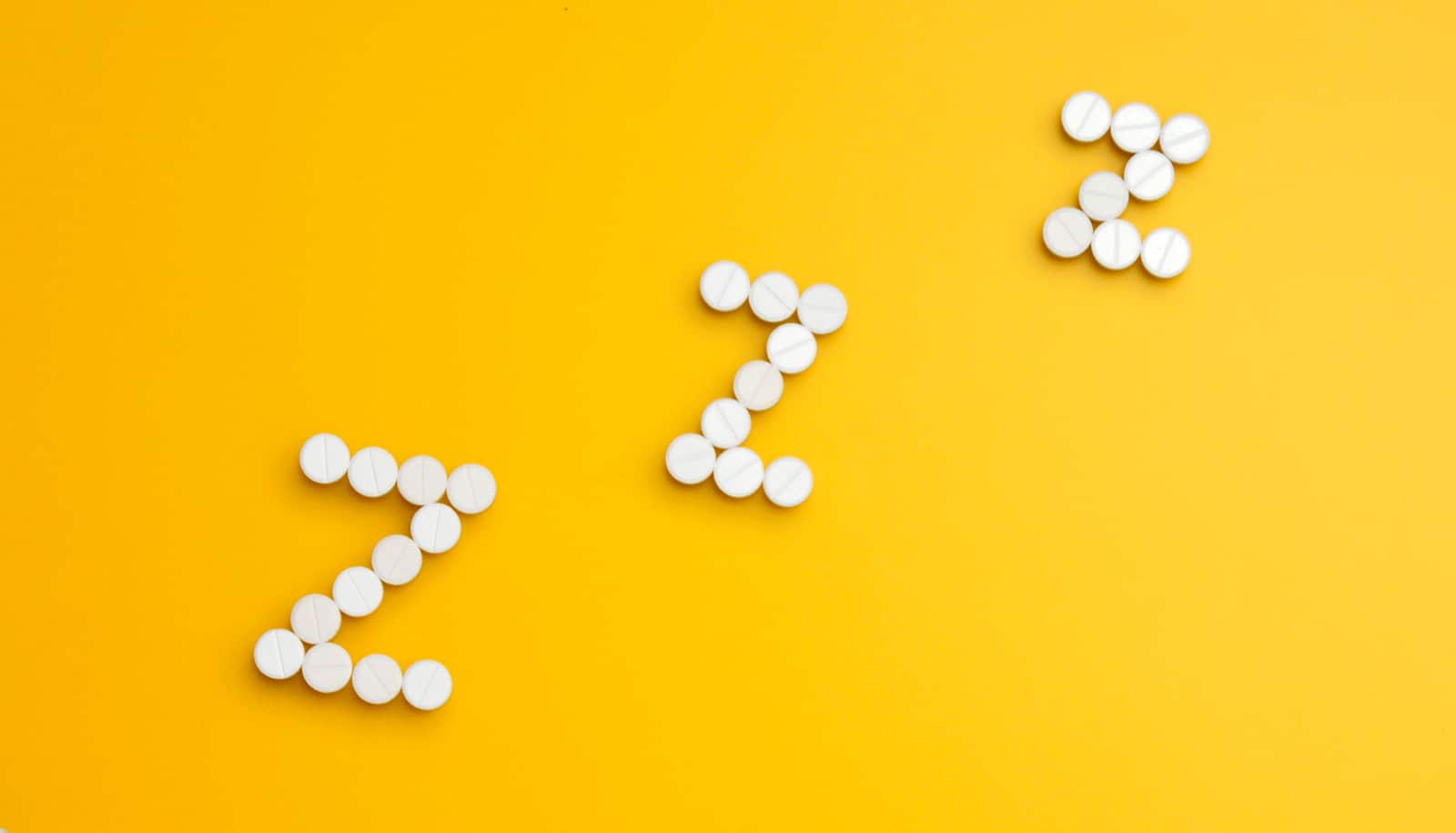Researchers have uncovered the molecular mechanism underlying corticosteroid resistance in patients with severe asthma and found that the drug—the main treatment for asthma—may make the condition worse for these patients.
“The current therapies are inadequate for a subset of patients with a severe form of asthma…”
Asthma is a lifelong disorder characterized by airway inflammation that leads to wheezing, breathlessness, and coughing. It affects up to 10 percent of the population of the developed world, including more than 20 million Americans. Inhaled corticosteroids can reduce airway inflammation, but these drugs are ineffective in 5 to 10 percent of patients with severe asthma.
“The current therapies are inadequate for a subset of patients with a severe form of asthma,” says the study’s co-senior author Anuradha Ray, professor of immunology and medicine at the University of Pittsburgh’s School of Medicine. “We need to better understand their underlying disease and why they are poorly responsive to corticosteroids in order to identify novel targets for future therapies.”
The researchers had previously shown that increased levels of the inflammatory protein interferon-gamma are produced in the airways of about half of severe asthma patients. Using a mouse model of severe asthma, the researchers also showed that interferon-gamma was responsible for poor lung function.
In the new study, they investigated whether interferon-gamma signaling is responsible for the poor response to corticosteroid therapy of some severe asthmatics. The work focused on CXCL10, an inflammatory protein that is induced by interferon-gamma and recruits the immune cells that produce it, perpetuating the cycle of inflammation.
CXCL10 was elevated in the lung cells of about half of severe asthma patients treated with a high dose of corticosteroids. In addition, CXCL10 levels were higher in severe asthmatics than in patients with milder asthma whose symptoms were managed well by corticosteroids or other treatment modalities.
Could blowing on a bracelet predict asthma attacks?
When the researchers broke all asthma patients down into two groups—high and low CXCL10—they found that the high CXCL10 group had worse asthma control, as evidenced by more emergency department visits and asthma flares in the past year.
Next, the team used cultured immune cells to show that corticosteroids, which have broad anti-inflammatory and immunosuppressive functions, fail to suppress CXCL10 gene expression in immune cells. They found that this occurs because of a surprising mechanism—corticosteroids actually stabilize the signal from interferon-gamma that stimulates CXCL10 production.
“Our findings show that CXCL10 is elevated in some patients with severe asthma and that corticosteroids have little impact on its production,” says co-senior author Sally Wenzel, professor of medicine and director of the University of Pittsburgh Asthma Institute at the university’s medical center.
“While corticosteroids are the mainstay asthma treatment, our findings suggest that these medications are of limited help to patients with high levels of interferon-gamma and CXCL10, and may even be harmful over time,” she says.
The team plans to further investigate this pathway in search of ways to block the inflammatory loop perpetuated by CXCL10 and interferon-gamma.
Cancer drug may treat severe asthma
“Over the next few years, we also hope to show that CXCL10 can be used as a biomarker in the clinic to help identify patients who will not respond to corticosteroids, sparing them from the significant side effects of these medications,” Ray says.
The research appears in the journal JCI Insight. National Institutes of Health grants provided funding for this research.
Source: University at Pittsburgh



